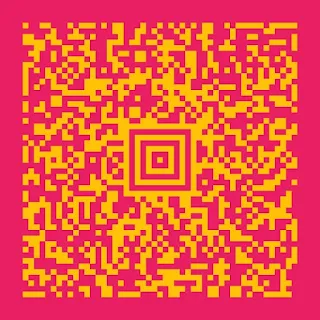For first-time web | app (website-derived apps, or even in-page call stack coding “miniatures,” if you will) - somebody (like, myself), who is a “basically” amateur open-book sort of web app developer | aspirational type of approach to coding (except for Linux stuff, which has only limited-scope usefulness and portability, in this consideration of a use case scenario):
- Many people, I imagine, simply draw a blank, as to what to do, in a case like this, since it was all just some imaginable “great” internet-borne experience.
- Consequently, the urge to come up with something ingenious and worthwhile (worth talking about, perhaps) comes to mind.
- The mind comes to consider that somebody else had already come up with this great idea.
- A search on the Google Play Store or Apple’s App Store commences / newbies might, alternately, opt to try to break in to / subvert their devices security measures, and pursue some sort of disassembly of their device and or it’s operating system, for the sake of coming upon something “better.”
- Ugh.
Personally, I stopped doing the self-hacking of the device and the disassembly thing, several years ago, since I was always at odds with coming up with something innovative, or productive.
To be certain,
most decent development ideas have already been derived and established, of an organic nature, independently - just as an offhand fleeting assertion; the notion could extend to as much as that we are always, it may seem, and from here on out - aside from the expectation of that novelty, as a general premise in development, and in discovery; perhaps, innovation, per se, we now have some recent seminal works on the limitations of novelty, given some development task. For example, in the recent years, leading up to this point in time, we have some of the formative rhetoric and ideological and logistical backdrop established, as to what can be attained and wrought, from out of an intersection between novelty and the influence of creative works, from the study:
Park, D., Nam, J. & Park, J. Novelty and influence of creative works, and quantifying patterns of advances based on probabilistic references networks. EPJ Data Sci. 9, 2 (2020). https://doi.org/10.1140/epjds/s13688-019-0214-8
“Also, there are implications for the psychological study of novelty as well. It has been known in optimal theory of novelty that the positive acceptance (also called the “hedonic value”) of novelty follows the so-called Wundt curve that increases initially but decreases after a peak, indicating that too much novelty can be off-putting to humans…”
which includes references to information derived from yet other works:
Berlyne, D. E. (1969). Arousal, reward and learning. Annals of the New York Academy of Sciences, 159(3), 1059-1070. and
Berlyne, D. E. (1970). Novelty, complexity, and hedonic value. Perception & psychophysics, 8(5), 279-286.
Both, simply for a quick flash of the context’s potential subject areas, which could, or ought to be considered, in this case.
Essentially, the topic, in and of itself, supposes that novel ideas are limited, in their usefulness and in their longevity, yet, as we may observe, from the initially-cited article,
Personally, I stopped doing the self-hacking of the device and the disassembly thing, several years ago, since I was always at odds with coming up with something innovative, or productive.
To be certain,
most decent development ideas have already been derived and established, of an organic nature, independently - just as an offhand fleeting assertion; the notion could extend to as much as that we are always, it may seem, and from here on out - aside from the expectation of that novelty, as a general premise in development, and in discovery; perhaps, innovation, per se, we now have some recent seminal works on the limitations of novelty, given some development task. For example, in the recent years, leading up to this point in time, we have some of the formative rhetoric and ideological and logistical backdrop established, as to what can be attained and wrought, from out of an intersection between novelty and the influence of creative works, from the study:
Park, D., Nam, J. & Park, J. Novelty and influence of creative works, and quantifying patterns of advances based on probabilistic references networks. EPJ Data Sci. 9, 2 (2020). https://doi.org/10.1140/epjds/s13688-019-0214-8
“Also, there are implications for the psychological study of novelty as well. It has been known in optimal theory of novelty that the positive acceptance (also called the “hedonic value”) of novelty follows the so-called Wundt curve that increases initially but decreases after a peak, indicating that too much novelty can be off-putting to humans…”
which includes references to information derived from yet other works:
Berlyne, D. E. (1969). Arousal, reward and learning. Annals of the New York Academy of Sciences, 159(3), 1059-1070. |
| and Berlyne, D. E. (1970). Novelty, complexity, and hedonic value. Perception & psychophysics, 8(5), 279-286. |
Both, simply for a quick flash of the context’s potential subject areas, which could, or ought to be considered, in this case.
Essentially, the topic, in and of itself, supposes that novel ideas are limited, in their usefulness and in their longevity, yet, as we may observe, from the initially-cited article,




















